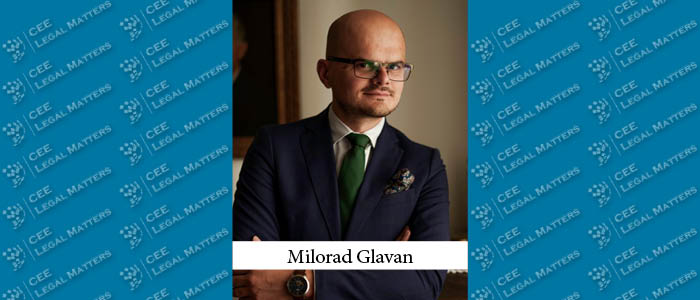Apartments, houses and other objects are often owned by several persons and sometimes it is necessary to divide them.
When all co-owners agree on the division, the process is straightforward and can be carried out by mutual agreement. However, when there is no such consensus, a forced division procedure becomes necessary, which is the focus of this blog.
Preference is always given to physical division, which is carried out when it is possible to partition the property in accordance with the co-owners’ respective shares, ensuring that each party receives a functionally independent section (e.g., converting one apartment into two). If physical division is not feasible (mainly when it comes to smaller buildings or buildings owned by a larger number of persons) the public sale of the building begins, and the money is distributed among the co-owners from the price obtained.
Therefore, in the court proceedings, based on the opinion of experts in the construction profession, it is determined whether it is possible to proceed to the physical division of the building where each co-owner will get his functional part, or whether it only remains to sell the building and pay the co-owners from the price obtained.
However, even when the court confirms that physical division is possible, co-owners often face additional challenges. Many assume that the court ruling finalizes the process, but in reality, the court decision cannot be directly implemented in the land cadastre. Instead, a permit from the relevant municipal authority for construction affairs must be obtained to authorize the reconstruction and redistribution of premises (as stipulated in Article 145 of the Law on Planning and Construction). To secure this permit, specific technical documentation must be prepared, and upon approval, the necessary construction work must be carried out.
Once the permit is obtained and the work is completed, the cadastre records the newly formed parts of the property (e.g. two separate apartments). However, the cadastre often registers co-ownership of the newly formed units in the same proportions as the original property before division. This issue can usually be resolved through an appeal, requesting the correction of the registration so that each of newly formed units are recorded as the exclusive property of the respective co-owner, as per the court’s ruling. Alternatively, co-owners may exchange their respective shares in the newly formed units, which is a faster solution.
The division process may also have tax implications. However, it is possible to argue before the Tax Administration that no tax liability should arise from the division.
The division of land parcels follows a similar process to building division, with one key difference: instead of obtaining a permit for construction work, a re-parceling procedure must be conducted. This involves drafting a re-parceling plan and securing approval from the relevant urban planning and construction authority.
In conclusion, the division of jointly owned buildings and land parcels is a complex and potentially time-consuming process. The procedure becomes even more challenging when there is no agreement among co-owners, requiring the involvement of legal professionals as well as experts in geodesy, construction, and architecture.
By Milorad Glavan, Partner, DNVG Attorneys




